The city — sliced, diced and served with a dash of sauce
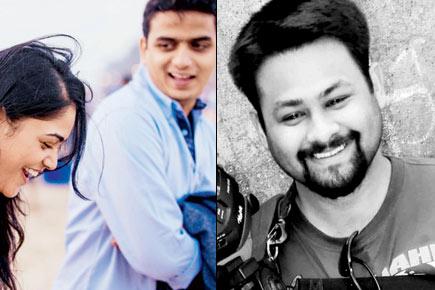
Did you dubsmash your wedding?
“Gone are the days of mummy pappa photographs and videos,” a bride-to-be confessed to this diarist. “Arre, pictures taken on stage, and six-hour-long films that only end up gathering dust.
ADVERTISEMENT
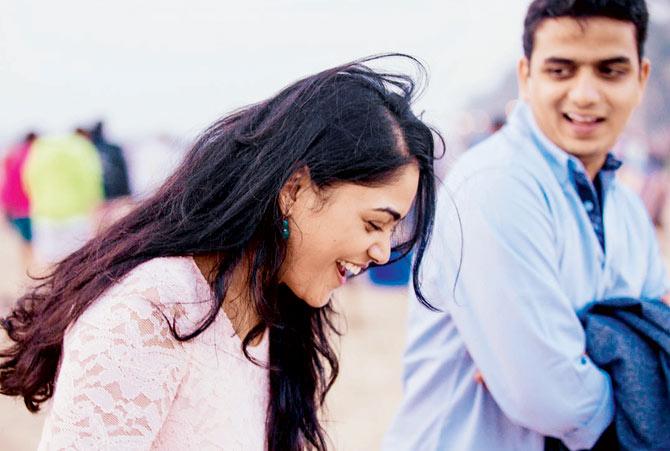
A still from a wedding trailor captures the couple at the beach
Who has the time to watch an entire film? You can’t even share it on social media,” explains the Insta video and Dubsmash expert. With attention spans, even the wedding video has shrunk to 10 minutes or shorter. While some couples opt for montages of the ceremonies, others like to pepper it with interviews and love vows.
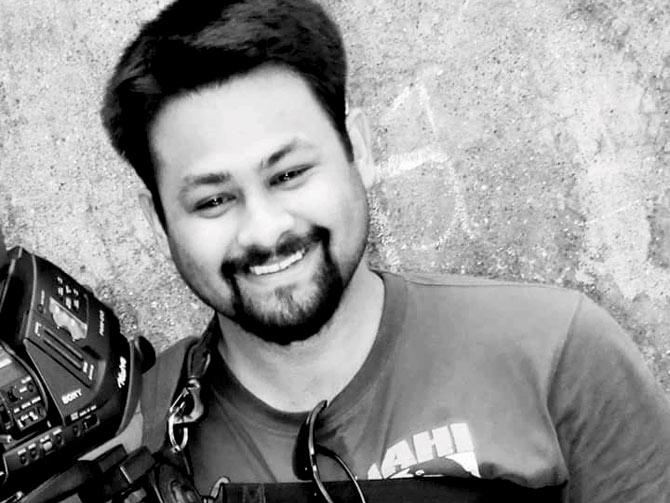
Ayush Das
“Now, it is more personal, and even the older generation is adapting,” says Ayush Das, founder of Memorable Weddings, who often gets requests from old-school photographers asking for lessons in candid photography.
“It is more like wildlife photography. We don’t interfere in the ceremonies, and observe from far,” he quips. And the price you pay is anything between Rs 1 lakh to Rs 25 lakh.
When Sobers was ‘arrested’
IN those spin-dependant days of Indian cricket (nothing has changed, we can hear the cynics say), fast bowlers were not given a long rope. You were expected to deliver in limited opportunities.
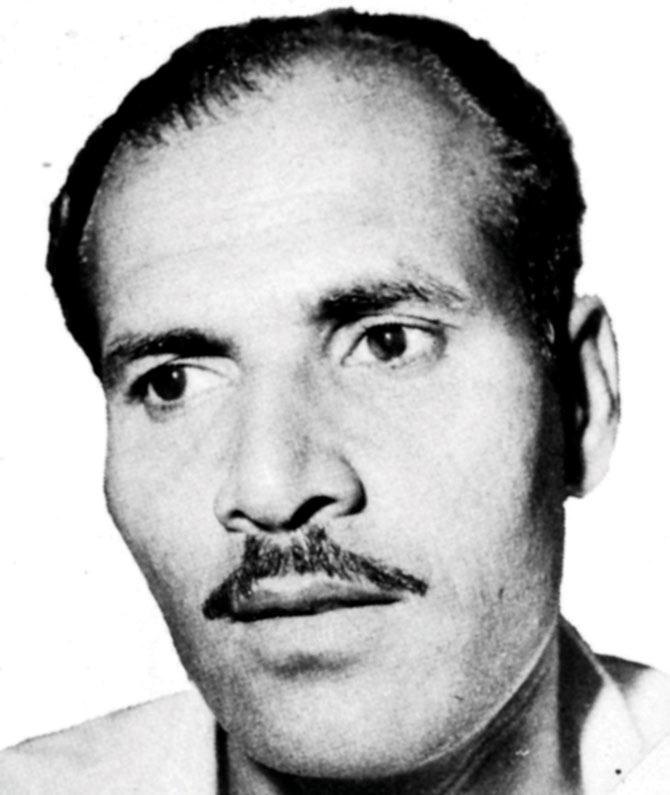
Ghulam Guard
Mumbai's Ghulam Guard, who also played for Gujarat is one example. Six-footer Guard belonged to the Police force and rose to be Superintendent of Police in Gujarat.
The late Guard bowled well in the Bombay Test against the West Indies in 1958-59 when he claimed three wickets including Garfield Sobers, but was not picked for his country until the following 1959-60 season in which he got just one Test.
When he got the great Sobers caught and bowled for 25 at the Brabourne Stadium on November 28, 1958, the young Barbadian walked off, telling Guard that he had made his ‘most famous arrest’. That was also the last time he ‘arrested’ the great all-rounder. Guard would have been 90 yesterday.
All things entertainment
A TV or film producer will tell you how tough it is to find the right talent at short notice. Thankfully now, there’s an app for it (too).
This week sees the launch of Slingshoot (iOS and Android) which provides a smartphone platform for actors — struggling and settled — looking for a break, technicians looking for projects or producers looking for directors.
The app has been created by Amod Kunte (37) and Hrishikesh Kunte (32), who come from a product management and marketing background. Hrishikesh was the ideator of Dance With Madhuri, an online dance class. Now, of course, Ms Dixit won’t be scouting for work here.
Art-ing it out with CEOs
Sakshi Gallery’s Geeta Mehra, the brain behind next month’s Mumbai Gallery Weekend, has a lovely array of programmes lined up.
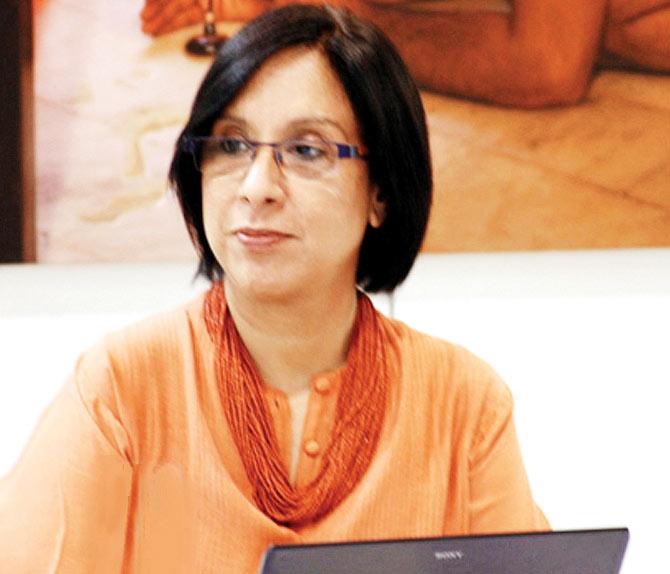
Geeta Mehra
Among them is a special preview for the elite Young Presidents’ Organisation (only chief executives under 45 years of age are part of this global network), followed by a closed-door dinner, which will also host guests like Delhi gallerist Kiran Nadar.
“It’s the first time we have organised this for YPO members, who may or may not be visiting galleries on their own,” said Mehra.
No abla nari here
It requires no genius to figure that Bollywood has, over the years, confined women to stock moulds of bhabhi, maa, patni and vamp. But, some women and some roles have broken the stereotypes.

And, Deepa Gahlot, head of Film and Theatre at the National Centre for the Performing Arts (NCPA), is out with a book that discusses such stories. Sheroes: 25 Daring Women of Bollywood, lists 25 great roles for women in the 50-year period between 1960-2010.
“What we consider female-centric films invariably see women suffering and sacrificing. Just being female-oriented is not enough, the female has to play a strong part,” she says, giving the example of The Dirty Picture, where the protagonist eventually falls victim to her own image.
For Gahlot, it is Shabana Azmi, Hema Malini and Urmila Matondkar who take the cake. “I think they have played the most exciting roles.”
 Subscribe today by clicking the link and stay updated with the latest news!" Click here!
Subscribe today by clicking the link and stay updated with the latest news!" Click here!






